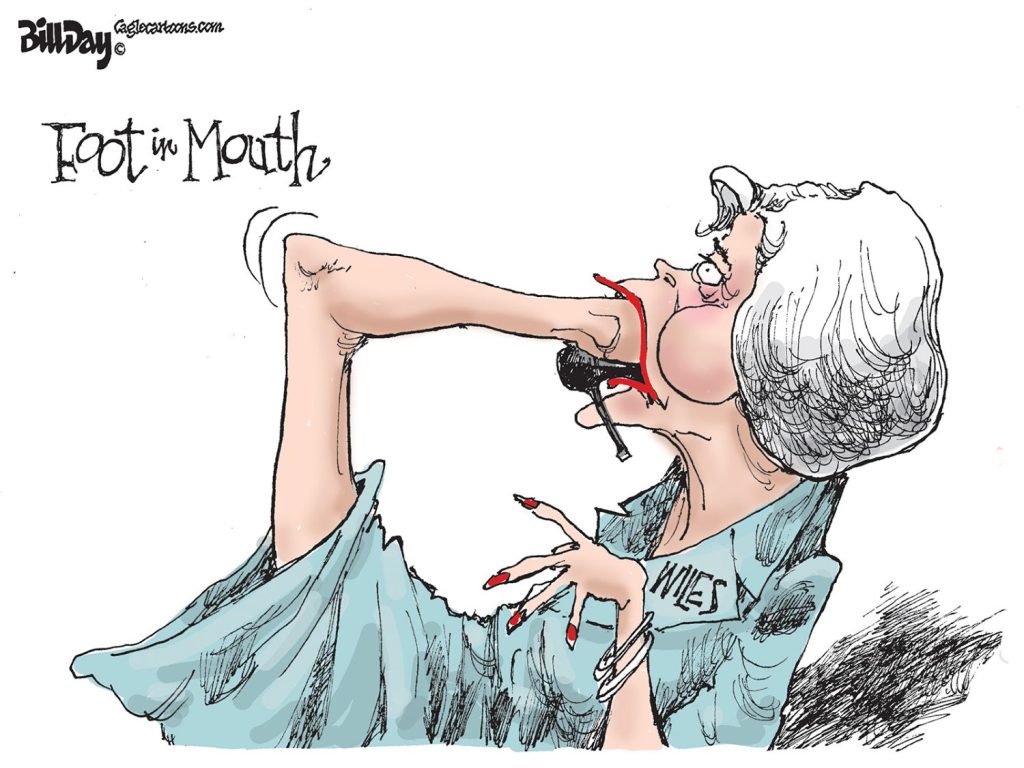Thumbnail: Since March, the rich may not have gotten richer, but the poor has definitely gotten poorer. Overall, the picture is grim. Memphis is not part of the national trend showing improvement.
**
By David Ciscel
University of Memphis’ Professor Emeritus in Economics
The local July numbers on workers and jobs in the Memphis region were not released until late August.
And they do not paint a pretty picture.
As we look at all these numbers, it is important to remember hat when the local economy was booming in February of this year, Memphis was still an economy characterized by many low-wage/low-benefit jobs where poverty was the single most important economic variable that characterized the region.
The picture of the regional economy since March has been one of decline – the rich may not have gotten richer, but the poor have certainly gotten poorer. And while there are preliminary indicators that the national economy may be recovering from the pandemic induced recession, Memphis is not part of that trend.
Back in March, the Memphis regional economy (including parts of Mississippi and Arkansas) had 646,222 active workers, 3.8% of whom were unemployed. Relatively speaking, the economy looked surprisingly good. There were 654,200 jobs, so employers were looking for workers rather than the other way around. As the pandemic closed the economy, the service sector declined most rapidly, particularly leisure and hospitality – that’s entertainment and restaurants.
Workers just gave up and many left the work force so that by April there were only 597,060 active workers, 12.8% of whom were unemployed. In May, the number of active workers rose dramatically and the number of unemployed fell. But the number of jobs did not grow very rapidly. In June the unemployment rate rose to 11.9% and again in July 13.0%. The number of active workers rose to 628,584 in July, but since they were chasing 610,500 jobs, the number of unemployed rose as more workers joined a hopeless job search process. Temporary staffing jobs have come back – 55,100 jobs in July with no benefits and low wages. Leisure and hospitality jobs regained most of their losses – 68,900 low income jobs in March, 61,600 jobs in July.
Once again, it is instructive to compare the regional economy to the City of Memphis. In March, there were 300,056 active workers in the City, 4.2% of whom were unemployed. April saw the work force fall by almost 18,000 workers and the unemployment rate jump to 14.2%. Since then workers have returned, but they haven’t found jobs. In June there were 45,198 unemployed workers (15.3%) in the City and in July that increased to 51,052 unemployed workers (16.9%). By contrast, the affluent suburbs of Collierville and Germantown had unemployment numbers of 1,436 (6.0%) and 1,063 (5.8%) respectively in July.
Overall, the picture is grim. The COVID 19 recession hit all sectors of the regional economy, but it hit those sectors dominated by workers who were already relatively poor. And that impact will decrease the overall quality of life in the Memphis regional economy. The greatest impact is on workers with low levels of formal education, women, and people of color.
In the same data release, the government released the real (2012 dollars) County level GDP numbers for 2015-2018. Shelby County is the second richest county (after Davidson) in Tennessee. The County had a value of all goods and services produced in 2018 of $57.6 billion.
That GDP is also the value of the income in salaries, profits, interest payments and rents of the people who live here. If you divide that GDP by the population, you get $61,573 of GDP income per person – counting everyone from the very young to the very old. So, it is important to remember that there is plenty of income here in Shelby County. We have just decided to not share it very equitably.
David Ciscel
**
Join us at the Smart City Memphis Facebook page for daily articles, reports, and commentaries that are relevant to Memphis.




